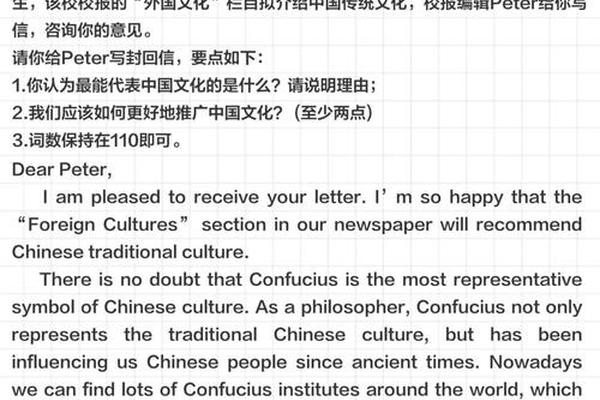Traditional Chinese Art: A Glimpse into Cultural Heritage
Traditional Chinese art, with its profound history spanning over 5,000 years, embodies the essence of Chinese philosophy, aesthetics, and craftsmanship. Rooted in harmony, balance, and symbolism, it encompasses diverse forms such as calligraphy, painting, opera, ceramics, and folk crafts, each reflecting the cultural soul of China.
1. Calligraphy and Painting: The Dance of Brush and Ink
Chinese calligraphy (书法, shūfǎ) and ink painting (水墨画, shuǐmòhuà) are revered as the highest forms of artistic expression. Calligraphy transforms characters into dynamic visual art, where each stroke conveys emotion and discipline. For instance, the works of Wang Xizhi, a master from the Eastern Jin Dynasty, remain iconic for their elegance. Traditional painting, often depicting landscapes or flora, emphasizes "spiritual resonance" (气韵生动) over realism. The Along the River During the Qingming Festival (清明上河图) is a masterpiece blending detailed social scenes with natural beauty.
2. Performing Arts: Opera and Music
Chinese opera, such as Peking Opera (京剧, Jīngjù), combines singing, acrobatics, and elaborate costumes to narrate historical tales. The symbolic use of colors—red for loyalty and black for integrity—adds layers of meaning. Kunqu Opera, recognized by UNESCO as intangible heritage, exemplifies the poetic grace of Ming Dynasty theatrical traditions.
3. Crafts and Folk Arts
4. Philosophical Influences
Confucianism, Daoism, and Buddhism deeply shape Chinese art. For example, Daoist principles of yin-yang balance are evident in the circular motifs of Ming furniture, while Buddhist grotto sculptures (e.g., Mogao Caves) reflect spiritual devotion.

5. Preservation and Global Impact
Despite modernization, efforts to revive traditions thrive. Calligraphy classes remain popular in schools, and international exhibitions, such as the Terracotta Warriors tour, bridge cultures. Innovations like AI-assisted painting also breathe new life into ancient techniques.
Conclusion
Traditional Chinese art is not merely a relic of the past but a living legacy. It teaches us to see beauty in simplicity and to seek harmony between humanity and nature. As the philosopher Laozi said, "Great artistry seems unpolished," reminding us that true art lies in authenticity.
References
此作文融合了艺术形式、哲学思想与现代传承,适用于英语考试或文化展示。如需更多例子(如四大名著或节庆艺术),可参考网页中的扩展内容。



